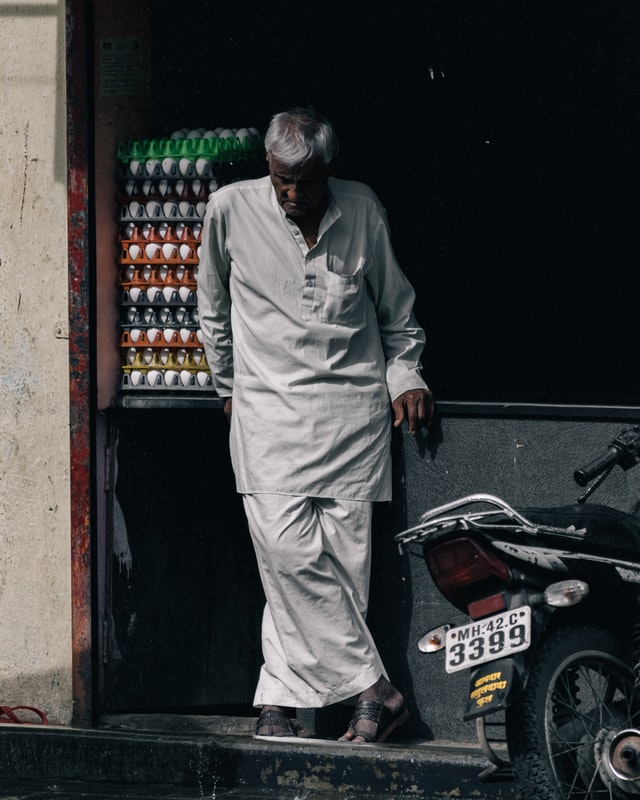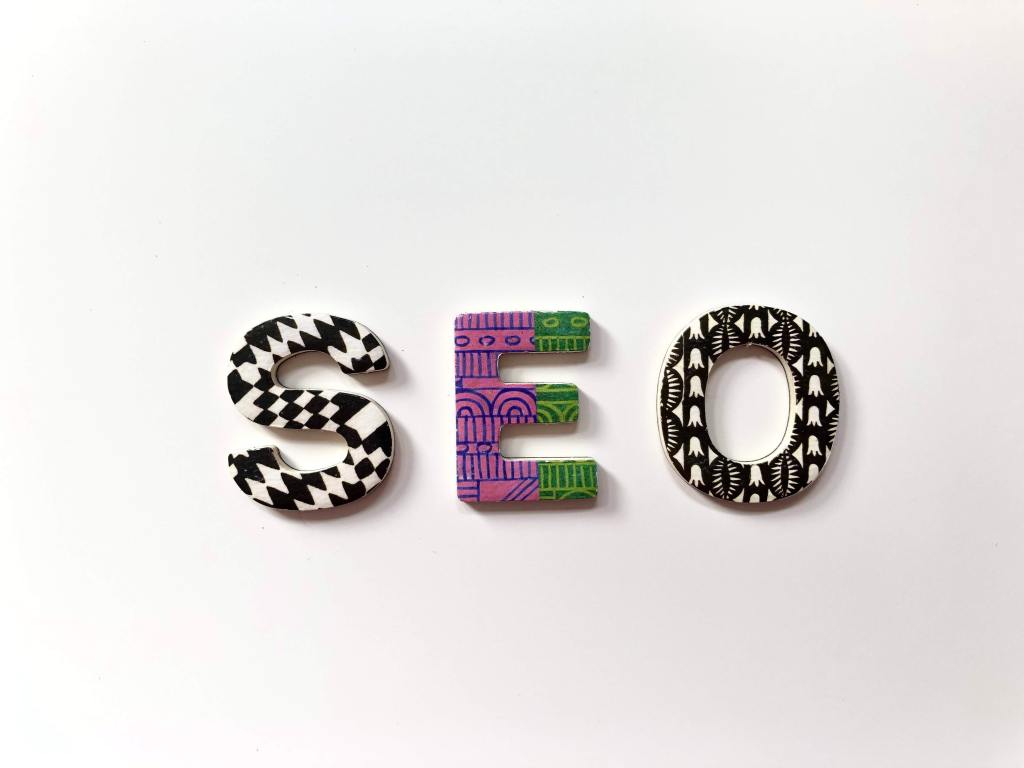If you don’t have a good garden spot in your yard, why not grow some vegetables and herbs using container gardening?
By Barbara Pleasant
April/May 2012, Mother Earth News
The most personal way to forge a connection with delicious food crops — from arugula to tomatoes — is to grow them up close in containers. Special methods are needed to produce high-quality food crops in containers, because most vegetables and herbs grow best when planted in the ground. Stable soil temperatures and constant access to water, nutrients and microscopic soil allies give in-ground crops a clear advantage.
But if growing edibles in the ground is not an option due to a lack of backyard space, destructive pets or homeowner association rules, then growing some crops in containers on your porch, patio or fire escape may be the solution. Also, if you have problems with your site or soil that prevent in-ground gardening, then container gardening may allow you to avoid some of these problems:
• Shade from buildings and trees can be minimized by moving container-grown vegetables to your sunniest spots, which change with the seasons.
• Soil pH barriers can be overcome by using custom soil mixes to grow plants that need more or less acidic soil conditions than are common in your area. For example, containers are a good way to grow acid-loving strawberries or potatoes if your soil is naturally neutral or alkaline.
• Protection from soilborne pests, from nematodes to voles, and greatly reduced weed problems are natural benefits of container gardening. Where soilborne diseases such as tomato Fusarium are common, containers are an easy way to grow lovely ‘Yellow Pear’ tomatoes and other susceptible varieties.
• Contaminated soil from toxic lead in old paint, termite pesticides applied to your home’s foundation, chemicals that have leached from treated wood, and other hazards, should not be a problem as long as you use good quality soil mix. (These concerns are especially relevant on urban and reclaimed lots.)
Then there’s the convenience factor. Although my vegetable garden is right in my backyard, I want containers of sweet peppers, parsley, cherry tomatoes and basil within steps of my kitchen door. If you live in an apartment or condo with no yard, you can still have a summer’s worth of veggies right at your fingertips.
One big difference between in-ground and container-grown vegetables is root temperature. In summer, warm daytime temperatures will cause plant roots in containers to warm up by 15 degrees Fahrenheit or more (this never happens 4 inches below ground). And dark containers accumulate solar heat, which intensifies this effect. Warm roots can be your enemy or your friend, depending on the season and the crop. Eggplant, peppers, tomatoes and okra love warm roots, while onions and celery (a surprisingly successful container plant) need cooler feet. You can’t control the weather, but you can minimize soil temperature swings by using the largest containers possible and choosing light-colored containers when appropriate.
The plants discussed here are easy to grow in containers in most climates, but many other vegetables make challenging container crops. If you’re a new gardener, stick with the container-grown vegetables listed below at first to build on your skills. Remember, plants grown in containers will be totally dependent on you for water, feeding and adequate accommodations for their roots. By midsummer, herbs and vegetables in containers may need water twice a day and liquid fertilizer twice a week. Think of container gardening as an intensive form of the food gardener’s art.
Double Buckets and Other Self-Watering Containers
Any pot or planter with a drainage hole in the bottom can be used to grow vegetables. Bigger is better, because large containers will hold more soil, roots and water, which will help the plants produce a larger and healthier crop. Your containers need not be fancy. Two of the most popular pots for vegetables are plastic buckets and storage bins, refashioned into self-watering containers. Note that though they’re commonly called “self-watering” containers, you still have to provide the water. However, thanks to a water reservoir area under the soil, these planters can hold a lot more water than regular planters. The plants’ roots grow down and tap the reservoir as needed.
One of the simplest self-watering containers, the double bucket, consists of one bucket or 5-gallon pail nested inside another. The bottom bucket is watertight except for a drainage hole drilled in its side at just below the bottom of the top bucket, when they are nested together. Several roomy drainage holes are made in the bottom of the top bucket, which serves as the planter. Roots eventually grow through these holes and into the reservoir in the bottom bucket. The reservoir will reduce watering chores by about half and give your plants an important safety margin on hot, dry days.
You can turn a single plastic storage bin into a roomy self-watering container by trimming the lid until it fits down inside the bin, about 2 inches from the bottom. Use lightweight spacers, such as empty soup cans, to keep this floor (with drainage holes poked in it) from collapsing when the bin becomes heavy with soil and roots. Add a side hole so you can check the water level in the reservoir and fill as needed. Resourceful gardeners will find endless container possibilities for growing veggies, from leaky washtubs to retired wheelbarrows. Even old bushelbaskets can be useful for potatoes, which like a bit of air around their roots.
The depth of the container should be matched to the crop you want to grow. Wooden drawers with drainage holes drilled in the bottom are fine for growing shallow-rooted lettuce, bok choy and other leafy greens. In spring and fall, some gardeners put up “salad tables” — shallow, wooden planting boxes set on sawhorses that can be moved around as needed to dodge changes in the weather. Plants with deeper roots, such as tomatoes and celery, need roomier accommodations in self-watering 5-gallon pails or storage bins. A container that’s too small will restrict root growth so much that the plant will dwarf itself in an attempt to survive.
Potting Soil for Container-Grown Vegetables
Any container is only as good as what you put into it. Vegetables grown in the ground live in soil made up of at least 50 percent mineral particles, but container culture calls for a much lighter mix that will hold moisture well. Two inert substances made from expanded rock — vermiculite and perlite — help give container mixes a light texture and greatly enhance the way the mixture handles water. The first time you fill your planting containers, use a packaged potting soil that contains an abundance of either material or some of both. This is a one-time investment.
At the end of the season, you can recover much of the potting mix by dumping your containers onto a tarp or into a wheelbarrow, pulling out clumps of roots, and returning the used soil to a garbage can where it can be stored until spring. Before using it for replanting, mix in about 1 part cured compost to 3 parts used potting soil and add a dose of starter fertilizer (keep reading), and you will be ready to go for another season.
You can make excellent potting soil without perlite or vermiculite, but you will need a quantity of composted sawdust or chipped bark instead. If rotted until black, either material makes a wonderful growing medium with excellent structure. Two parts rotted sawdust or chipped bark to 1 part compost usually makes a good container mix. If you’re committed to growing container veggies, set aside a spot for these materials to decay so you can start making your own potting soil in the future.
Container Garden Fertilizer Two Ways
Container-grown vegetables are best fed by mixing compost and a balanced organic fertilizer into the potting mix each time you replant, followed by a liquid fertilizer regimen when roots have begun to fill the container. Most name-brand potting soils already contain starter fertilizer, and organic potting soils have nutrients from the compost used to make them, so you don’t usually need to mix in dry fertilizer the first year. Thereafter, you can buy organic fertilizer or make your own (see A Better Way to Fertilize Your Garden: Homemade Organic Fertilizer). In terms of how much to use, a half-filled medium-sized wheelbarrow contains about 40 quarts of soil, which is a suitable amount for 1 cup of most blended organic fertilizers. In his book The Vegetable Gardener’s Container Bible, Edward Smith recommends the following organic fertilizer mix:
1/3 cup blood meal (for nitrogen)
1/3 cup colloidal phosphate (for phosphorus)
1/3 cup greensand (for potassium and trace elements)
ven if you use the greatest potting soil in the world, amended with excellent fertilizer, after a month or so you should start feeding your plants with liquid fertilizers. Fish emulsion/kelp mixtures are popular among organic gardeners, or you can make your own liquid fertilizers (see Free, Homemade Liquid Fertilizers). Whenever a container-grown vegetable looks unhappy, drenching it with a diluted liquid fertilizer is the first remedy to try. From midsummer on, I usually feed my container vegetables every other time I water.
Container-Scaping With Edible Plants
In summer, the edible container garden becomes a fabulous outdoor room. Vigorous pole beans can form vibrant “walls,” while snake gourds rambling over a pergola can create a green ceiling. Vines in general, from snow peas to asparagus beans, are often simple to grow in containers because their needs are easy to understand. Every vine wants “head in the sun, feet in the shade,” so you can please them by simply finding the perfect spot. In the book McGee & Stuckey’s The Bountiful Container, authors Rose Marie Nichols McGee and Maggie Stuckey point out that using broad stakes for twining vines will encourage them to make more lateral growth because they must grow farther to make each lap around the stake. With pole beans, Malabar spinach and other twiners, this little tweak will result in leafier, more productive plants.
Make the most of color by growing plenty of chard and red-tinted varieties of bok choy and basil. The soldierly, upright posture of onions makes them good design plants for container gardens. Be careful when locating plants that bees love — such as borage or scarlet runner beans — close to entryways. Also look for compact varieties, which are an easy way to avoid unnecessary wars with wind. Varieties of snow, snap and shell peas that grow to only about 30 inches tall are much easier to keep trellised in a pot compared with varieties that grow twice as tall.
Watch Your Back When Container Gardening
Over the years, I have heard of more injuries from moving heavy containers than from any other gardening task. Always enlist help when moving plants that are too heavy or bulky to move by yourself, and invest in a light-duty hand truck for moving plants and heavy bags of soil. Outfitted with a wagon for small pots and a hand truck for big ones, you’re ready to keep yourself and your “patio nursery” in good order.
There is an educational aspect to container gardening — plants are seen up close, where few details go unnoticed. Whether you’re watching bees buzz around pepper blossoms or following the spiraling growth of pole beans, every container garden is an inspiring learning lab as well as a source of delicious, super-fresh food.






